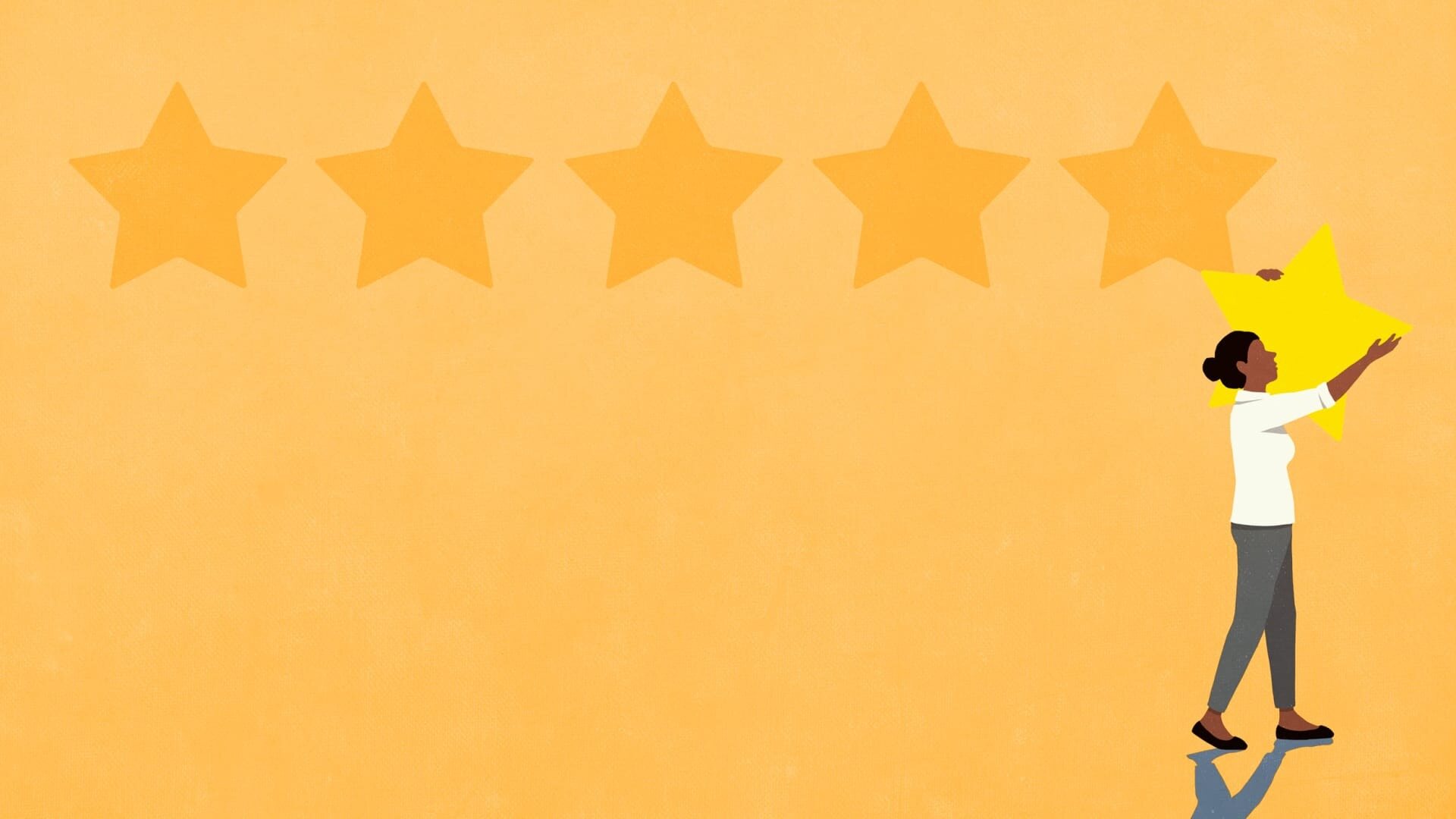- | 8:00 am
‘Unhappy leave’ is a real thing. But here’s why it’s not enough
A Chinese company is offering up to 10 days of leave for employees feeling unhappy. But mental health days don’t always address the root problem.

The idea of a “mental health day” started off as an informal concept. People would talk about taking a day of their sick leave to rest or recharge after a particularly stressful period of work. More recently, many more workplaces are offering official wellness days. My own employer, The University of Texas, offers up to eight hours of wellness time a year for full-time employees. A recent story highlighted a Chinese supermarket chain that is offering up to 10 days of leave per year for employees feeling unhappy.
Is leave like this a good idea?
As with all questions related to human psychology, the answer is “it depends.”
WHEN A MENTAL HEALTH DAY IS A GOOD IDEA
A short break from work can sometimes be helpful. If you have engaged in really demanding work, then spending time you find relaxing or rewarding can be rejuvenating. Work that is demanding may just tax your thinking capacity, or it might involve stress related to avoiding a potential catastrophe. When you get through the demanding work, some rest provides time to recharge that can help you return to work with fresh eyes and a positive attitude.
You should take a little more care when thinking about a break in the middle of a stressful event. A lot depends on whether you can see the light at the end of the tunnel. At one extreme, I was asked to lead one of our central planning groups to help the University of Texas prepare to reopen during the COVID pandemic. That process was going to take several months to complete and involved many long workdays. Taking the occasional afternoon or day to go for a hike was valuable to keep up the marathon.
WHEN IT’S WORTH IT TO PUSH THROUGH
However, if you have only a little time left to finish a stressful project, then it’s probably better to finish it and then take a break rather than taking a break in the middle of it. Research going back almost 100 years demonstrates that people continue thinking about tasks that they are in the middle of. So, if you try to take a break during an ongoing task, it may be very hard for you to disconnect from it. You might get more value from the break by waiting until you complete the big task.
These mental health days are largely helpful when you need rest, relaxation, and disconnection. Many people don’t get enough sleep, are not able to take time for themselves, or lack the time to engage in self-care. Being able to take the occasional day to catch up on sleep, do enjoyable activities, or hit the spa or salon may be just what the doctor ordered.
SYSTEMIC ISSUES
Wellness days are also not a cure for more chronic conditions. If you’re suffering from long-term feelings of sadness, depression, or anxiety, you should treat this as a medical problem. Work with a professional to develop a more comprehensive plan to treat what is going on. Mental health is health. You would not take a day at the spa to repair a broken ankle. While a day off from the grind can be helpful, you shouldn’t expect that treating yourself will cure a chronic mental health concern.
In addition, you may be in a stressful life situation that is ongoing. Relationship issues, long-term care for ill family members, and debt are all major stressors that can have a huge impact on your life. If your company has an Employee Assistance Plan, you may want to engage with it to get help and advice about how to address the life events that are affecting you.
Finally, mental wellness-leave is not a cure for a toxic work environment. A workplace that has unrealistic expectations, abusive bosses, or a culture of harassment cannot expect that the occasional day off will make up for these significant issues. A company that tries to paper over its contribution to the mental health challenges of its employees with leave time each year needs to take a hard look at itself and fix the underlying problem, rather than treating the symptoms.






































